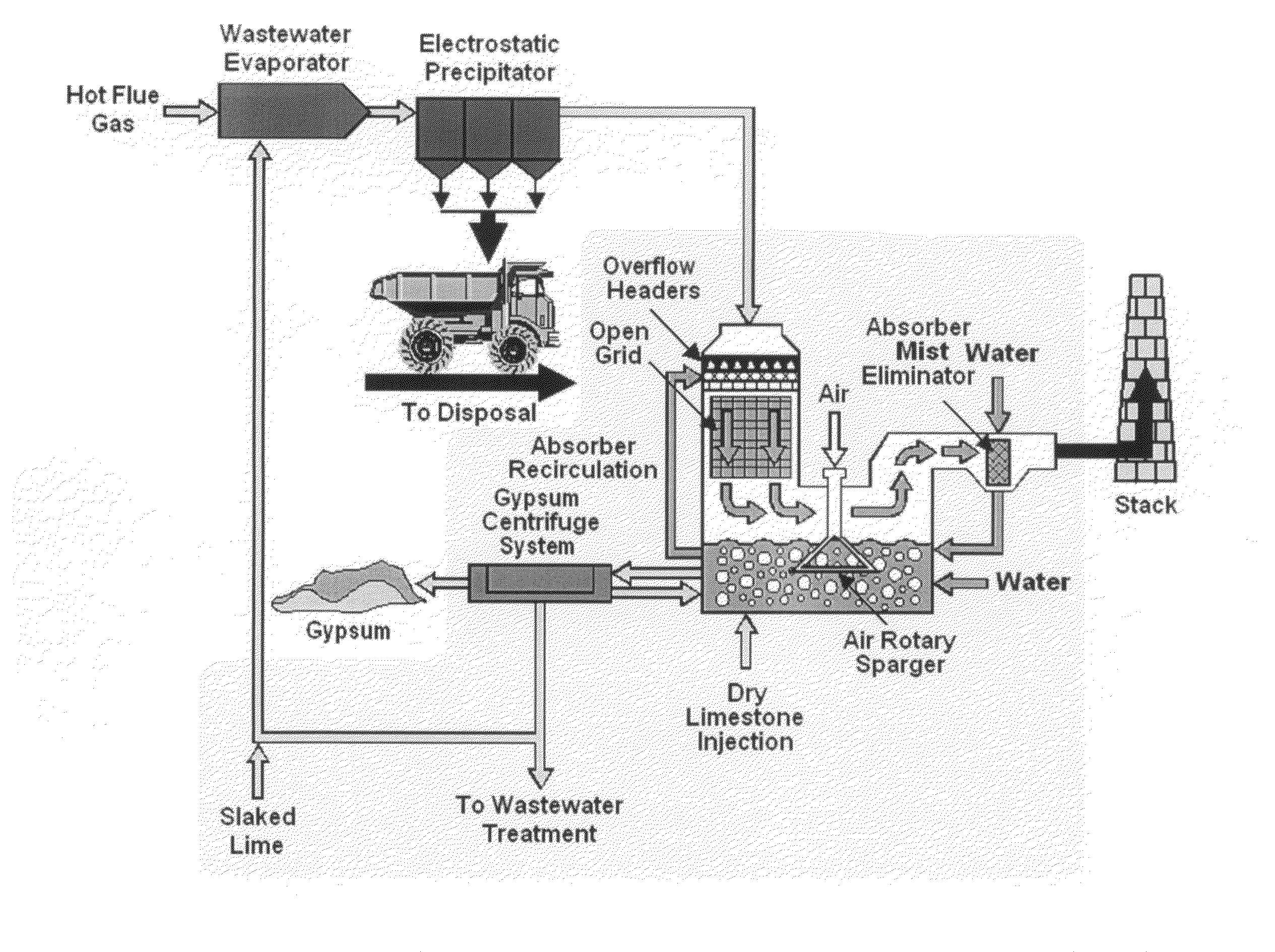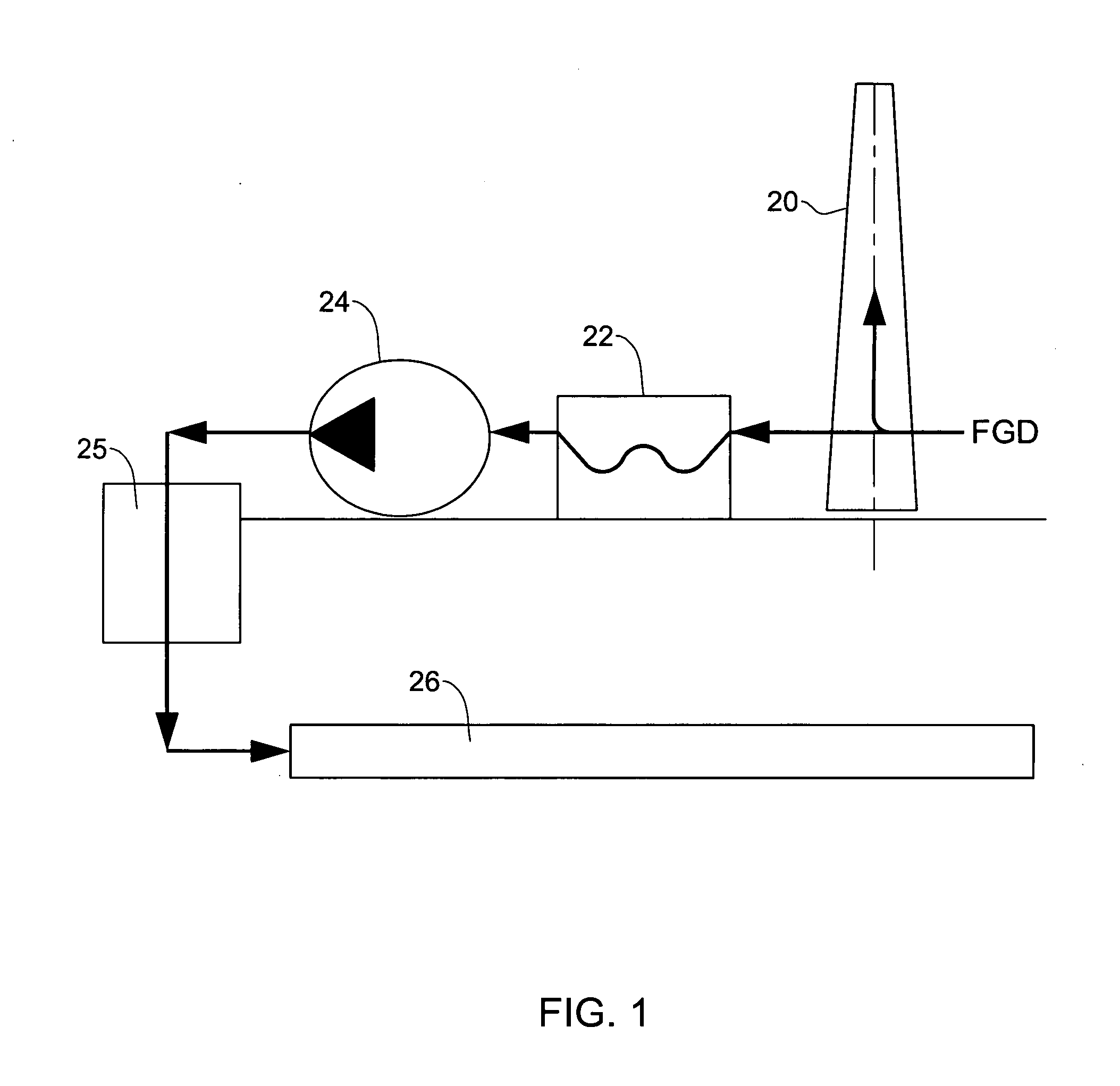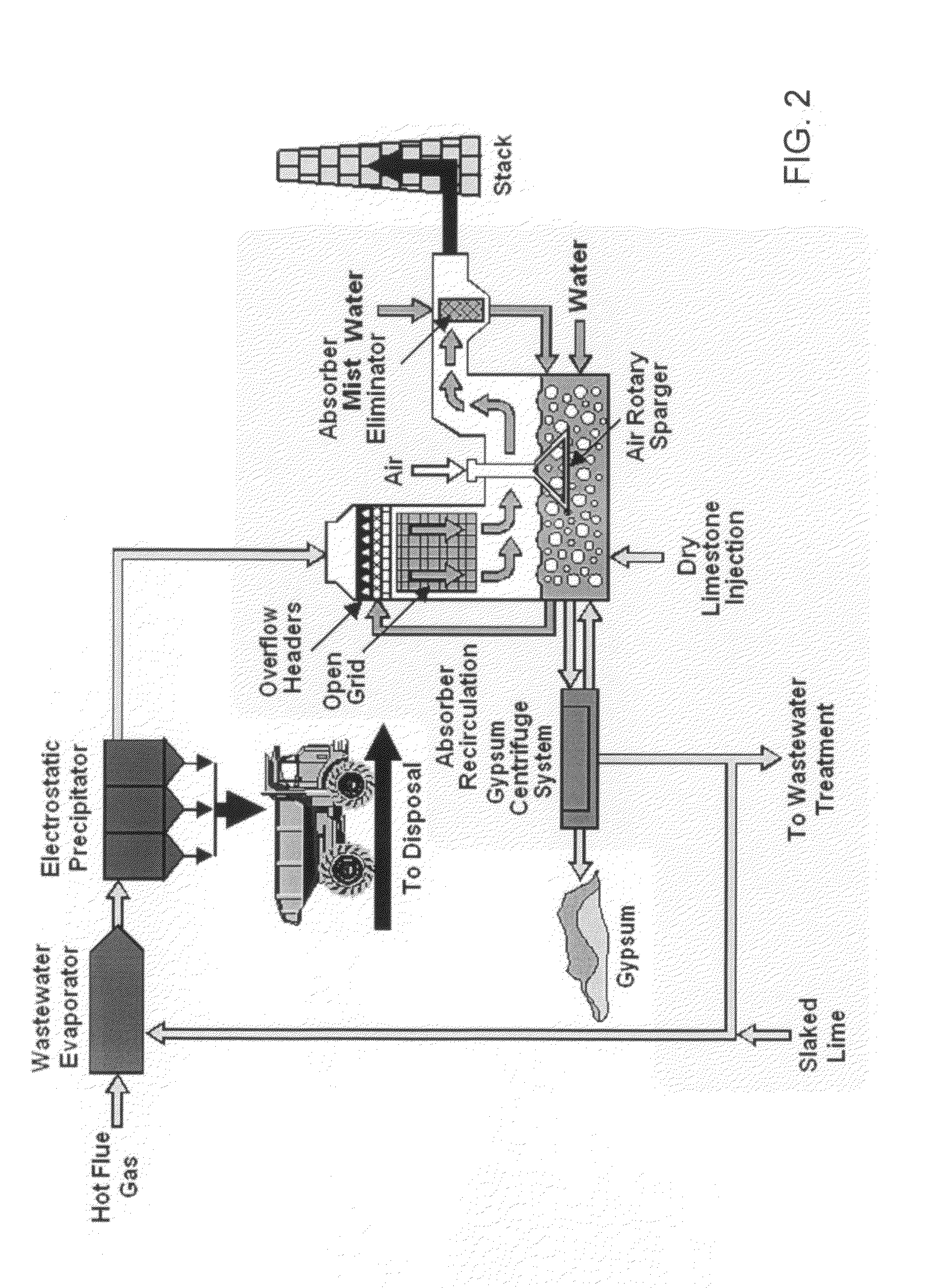Method for growing photosynthetic organisms
a technology of photosynthetic organisms and growing methods, applied in the direction of membranes, separation processes, fuels, etc., can solve the problems of/sub>2/sub>build up, and achieve the effect of low head loss
- Summary
- Abstract
- Description
- Claims
- Application Information
AI Technical Summary
Benefits of technology
Problems solved by technology
Method used
Image
Examples
example i
Membrane Separation
[0062]One of the unique features of the CMSM manufacturing technology is the ability to strictly control the membrane permeability / selectivity combination in order to adjust it to various applications. In this regard, the membrane tested in this work was prepared to reach the optimum permeability / selectivity combination for air separation.
[0063]The results described below were obtained with a one-end-open type pilot module, composed of approximately 10,000 carbon hollow fibers, having an active separation area of 3.4 m2.
[0064]The permeation measurements and air enrichment experiments were performed with single gases: N2, O2, CO2 and SF6. (The last gas was used in order to demonstrate the molecular sieving properties of the membrane). The experiments were carried out at room temperature and at a feed pressure of up to 5 bar.
[0065]Two sets of experiments were performed:[0066]permeability measurements with pure gases;[0067]air separation.
[0068]Considering that the ca...
example ii
Transport Systems
[0070]In one embodiment of a transport system for delivering the treated flue gases to the microalgae cultivation area, the following components are required:
[0071]1) a main gas pipeline adapted to transport a carbon dioxide-containing gas;
[0072]2) a primary gas manifold positioned proximate to a field of algae;
[0073]3) a trunk-line for delivering the carbon dioxide-containing gas from the main gas pipeline to the primary gas manifold; and
[0074]4) a plurality of secondary exhaust pipelines extending from the primary gas manifold into a pond and including exhaust ports for delivering a carbon dioxide-rich gas to the algae.
[0075]One of the major commercial considerations is the distance between the Power Unit which supplies the CO2 and the Algae Farm. This distance dictates the option to be chosen. The larger amount of “parasitic” gases transferred, the more expensive pipes that have to be used, as well as more expenditure of energy due to gas compression.
[0076]On the...
example iii
[0089]The supply of flue gases to ponds is carried out with the help of aeration equipment.
[0090]Aeration equipment is manufactured from chemically stable polymeric materials as aerated modules. A preferred example of aeration equipment is the KREAL tubular aerator (porous) (Russian Patent No. 32487). Aerated modules are made in the form of LPP (low pressure polyethylene) pipes in which the aerators are fixed in pairs by polyamide tees.
[0091]Aerating modules are carried out as LPP pipes (d=110-160 mm) on which aerators are fastened in pairs through a plastic trilling. Module breadth is 1.1 m; the step between aerators is 1.5-4 m. The change of a step between aerators allows changing ejection intensity over a wide range so that optimum CO2 mode is assured.
[0092]The using of polymeric materials in aerated modules reduces the time of assembling and increases the term of the aerator's operation. KREAL porous aerators produce fine-bubble aeration (d=3 mm) in ponds. Their effectiv...
PUM
| Property | Measurement | Unit |
|---|---|---|
| Time | aaaaa | aaaaa |
| Time | aaaaa | aaaaa |
| Time | aaaaa | aaaaa |
Abstract
Description
Claims
Application Information
 Login to View More
Login to View More - R&D
- Intellectual Property
- Life Sciences
- Materials
- Tech Scout
- Unparalleled Data Quality
- Higher Quality Content
- 60% Fewer Hallucinations
Browse by: Latest US Patents, China's latest patents, Technical Efficacy Thesaurus, Application Domain, Technology Topic, Popular Technical Reports.
© 2025 PatSnap. All rights reserved.Legal|Privacy policy|Modern Slavery Act Transparency Statement|Sitemap|About US| Contact US: help@patsnap.com



